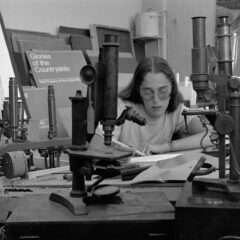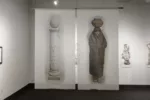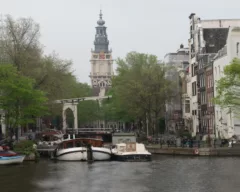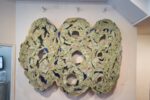By Virginia Maksymowicz and Blaise Tobia
After ten days in Beijing, we flew to Hong Kong, which we absolutely loved. In many respects—including scale, sheer beauty, wonderful public transportation, fabulous and varied food—it may be the greatest city in the world. But unfortunately, these superlatives don’t apply to its contemporary art scene, which is extremely underdeveloped in view of the city’s financial and mercantile power.
Hong Kong’s undervalued contemporary art scene
Although galleries exist, it was hard to find them. The gallery guide we picked up on the mainland didn’t include Hong Kong and the gallery map we snagged at the Hong Kong Visual Arts Centre left out some of the most important spaces. Whatever scene exists resembles that of Los Angeles in that it is spread throughout the city’s districts: Sheung Wan, Central, Sai Ying Pun, Chai Wan or Aberdeen. (Unlike L.A., though, you can get almost everywhere by metro.) Further complicating things, most of the exhibition spaces are not street-level, and they might be located in a residential neighborhood, an industrial center, or a shopping mall.
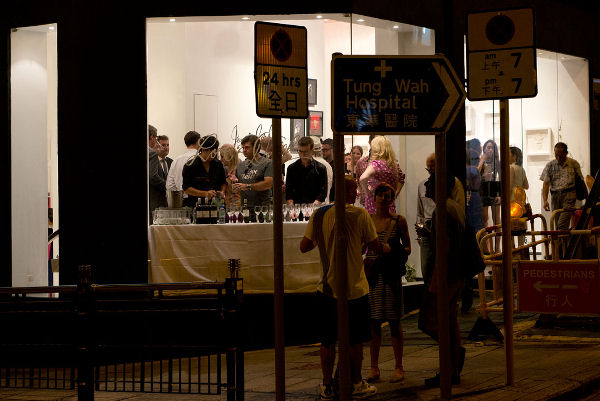
Most of the museums and galleries we saw were focused on traditional and traditionally-inspired Chinese art. There is no major contemporary art museum and the galleries that show “Western” art appear more regional than international. We went to some “first Thursday” openings; they had the right look and feel (fashionable crowds, elegant wine bars) but there wasn’t much of substance on the walls. The exhibition at Cat Street Gallery in Shueng Wan, which claims to show “the best of international contemporary and modern art by both established and emerging artists,” featured formulaic and uninspired paper cuts by an Australian designer, James Gordon.
Things are beginning to change, however. Larry Gagosian expanded his worldwide empire to Hong Kong last year, followed by White Cube’s opening a branch a few months ago. Nonetheless, it is a shame that Hong Kong’s developing contemporary art scene seems to be dependent upon imports from New York and London rather than its own, homegrown initiatives.
One of the downsides to Hong Kong is the huge number of shopping malls, which are entirely about brand names and prestige (although they do have some pretty interesting food courts). Much of the city’s life takes place inside them. The one show of internationally-recognized contemporary art that we could identify, Yue Minjun’s “The Tao of Laughter,” was in a gallery in the middle of a mega mall complex called the Ocean Centre at Harbour City. It was quite surreal navigating from Versace to Fendi in order to find the gallery, only to discover that we were a day early for the show. (For a video clip of the experience click here.)
Coincidentally, one of Philadelphia’s best known sculptors, Leo Sewell, had been recently invited to Hong Kong. His work was set up in, yes, a shopping mall. In this case, it was the new “Popcorn” (Popular Corner) mall, which was promoting the concept of sustainability. The managers thought that Sewell’s sculptures, which “recycle” found objects, would be a fun way to help deliver the message. (By the way, Popcorn is one of fourteen malls built and operated by the MTR, Hong Kong’s metro transit system. This sounds like an interesting way to raise revenue for mass transit that U.S. cities might want to emulate.)
Shenzhen, new city on Hong Kong’s outskirts, is home to copyist art scene
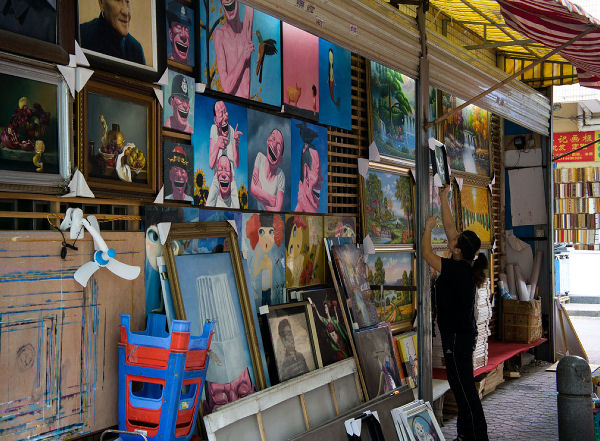
Bordering Hong Kong and accessible by its metro, is Shenzhen—a huge, but very new, city. It was built literally from scratch, starting in the 1980s, to support China’s growing export economy. It now has about 15 million inhabitants, but little in the way of contemporary museums or galleries. Perhaps its most fascinating art venue is Dafen (a former small village swallowed up by Shenzhen’s growth and now located behind a Walmart). This is the principle home of China’s mass-production art industry. Factories produce “sofa-sized” framed landscapes on an assembly line (with each painting worked on by several artist “specialists”). In block after block of narrow alleys, small shops and galleries turn out painted canvases by the thousands, with supporting enterprises selling blank linen, stretchers, frames, paint, and brushes. Every style in the history of Chinese or Western art is on view. Artists will paint to order from a photograph or postcard. Copyright is a non-existent concept here. Pseudo Warhols, Picassos, Wyeths and even Thomas Kinkades are all available. Popular contemporary Chinese artists—such as the previously mentioned Yue Minjun—are also fodder for the copyists. Since we’d been unable to see his show in Hong Kong, we bought a small copy of one of his works, nicely painted on canvas, for just ten dollars.
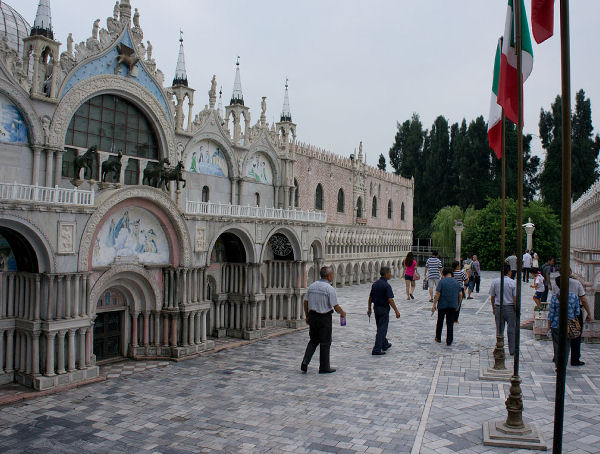
Much more well known among tourists in Shenzhen than Dafen Village is its huge “Window of the World” theme park. Here the historical and architectural copy work is three-dimensional and on a grand scale. It attracts huge numbers of Chinese tourists who can neither afford to travel the world, nor obtain a passport to do so.
There is a 1/3-scale Eiffel Tower (at 108 meters high, still pretty impressive, and a good observation point). There is an uncanny 1/5-scale Piazza San Marco and a 1/10-scale St. Peter’s, a 100-foot long scale model of Angkor Wat, a nearly full-size Burmese courtyard house, a set of full-scale Dutch windmills, and a display of columns from around the world (also full-size). The models are all carefully and painstakingly built from miniature subcomponents (such as one-inch bricks and tiny leaded windows). We spent most of an afternoon there, before exhaustion, and had seen barely half the park. Virtually any of these simulacra, if presented in a large Chelsea Gallery rather than in a popular theme park, could be seen as an impressive work of installation art.
Guangzhou Academy of Art
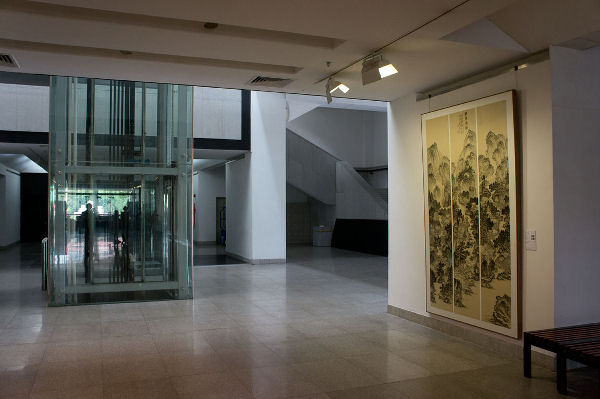
Our final destination was the city of Guangzhou, once known as Canton. This is also a mega city by virtually any standard, and it features an amazing “Higher Education Mega Center” that has ten separate institutions of higher education filling an entire island (Xiaoguwei) with an area of seven square miles. Among these is the Guangzhou Academy of Fine Arts (GAFA), considered one of the top three in China along with CAFA and the China Academy of Art in Hangzhou. Like CAFA, it has a major, semi-independent museum, but this one is even larger, seeming at least as capacious as the Whitney. Most of the museum was filled with a huge, juried industrial design show of product models and posters by students from all over China. Industrial and product design are subject areas receiving support from the Chinese government, which wants to see more product origination in China, not just manufacturing. Several other galleries were showing fine art works by GAFA seniors, which were extremely accomplished, especially those that were traditionally inspired.

Interestingly, the best academic museums and galleries are well-regarded among artists and art connoisseurs in China. They are independently curated and seek to bring excellent international work to their cities for the benefit of their students and faculty. The majority of the commercial galleries in China, like in Italy and many other countries, are spaces for hire that tend to show very salable work or support vanity exhibitions. And, while the high end of the Chinese contemporary market has gained fame for its outrageous sale prices and numerous artist-celebrities, the habit of going to see art in galleries or museums is embraced by a minuscule percentage of the Chinese population, which is only now gaining the education, stability, and leisure time necessary to become patrons of the arts.
Read part 1 of this report.
Virginia Maksymowicz is a sculptor and teaches in the Art & Art History Department at Franklin & Marshall College. Recent exhibitions have been at the Delaware Center for Creative Arts in Wilmington and BronxArtSpace in NYC.
Blaise Tobia is a fine art photographer, teaching in the Art & Art History Department at Drexel University. Besides the “9” show in Beijing, his most recent exhibition was at Rowan University. He is looking forward to an exhibition at O.K. Harris Gallery in NYC in September, 2013.
Their joint website is at tandm.us.


